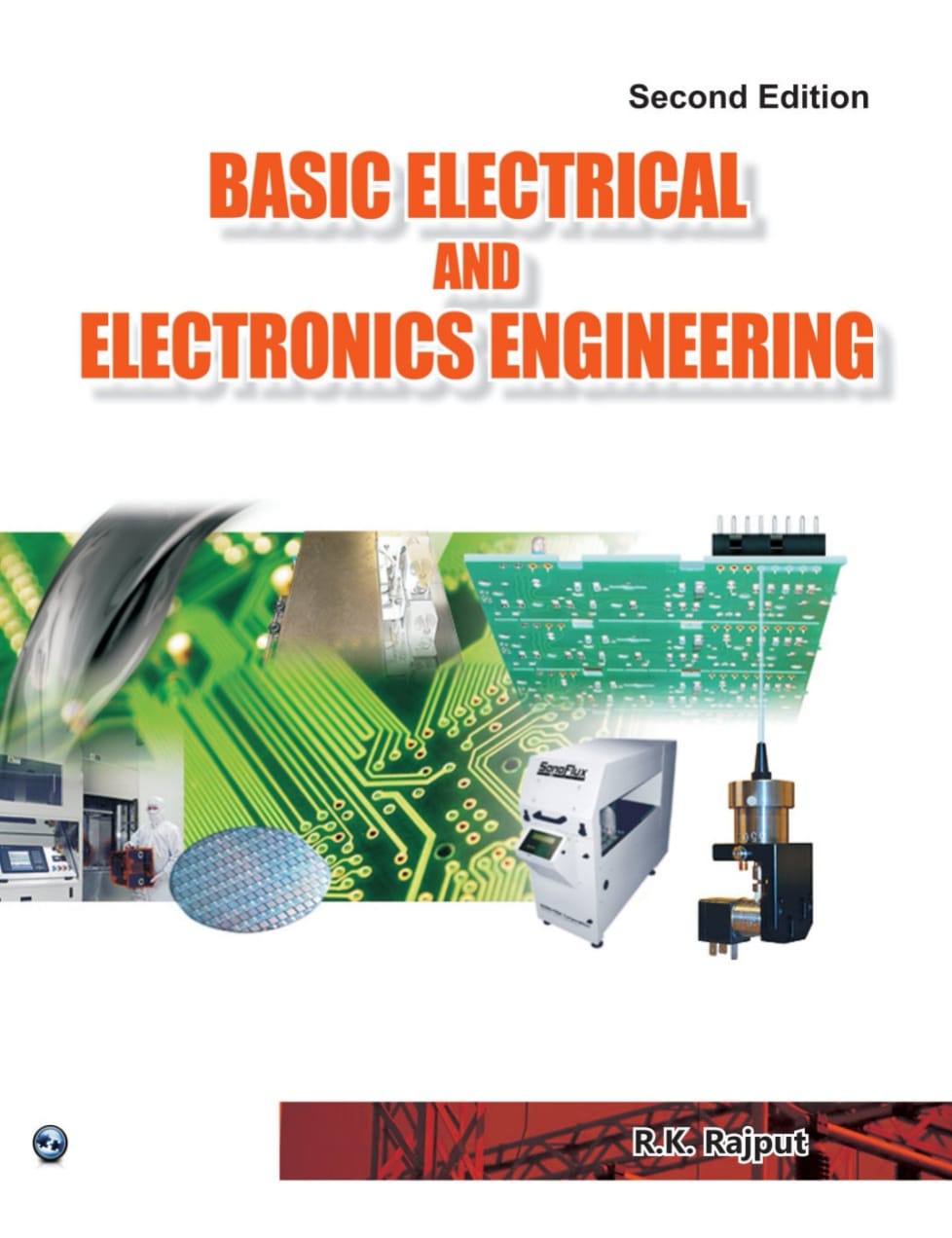BASIC ELECTRICAL AND ELECTRONICS ENGINEERING
BASIC CONCEPTS AND OHM’S LAW
1.1. Electricity
It is not easy to define electricity.
Electricity may be defined as a form of energy. It involves making and using energy.
It may also be defined as a way in which materials behave. Sometimes people use the term ‘electricity’ as the name for a material that flows through a
solid wire, motion of this strange material is called electric current.
1.2. Electron Theory
An element is defined as a substance which cannot be decomposed into other substances.
The smallest particle of an element which takes part in chemical reaction is known as an atom.
All matter is composed of atoms which are infinitesimally small.
The atom, itself, is composed of electrons, protons and neutrons. The number and
arrangement of these particles determines the type of atom : oxygen, carbon, copper, lead or any other element.
Weight, colour, density, and all other characteristics of an element are determined by the structure of the atom. Electrons from lead would be the same as electrons from any other element.
The ‘electron’ is a very light particle that spins around the centre of the atom. Electrons move in an orbit. The number of electrons orbiting around the centre or nucleus of the atom varies from element to element. The electron has a negative (–) electric charge. The ‘proton’ is a very large and heavy particle in relationship to the electron. One or more protons will form the centre or nucleus of the atom. The proton has a positive (+) electrical charge.
DOWNLOAD :- HERE
